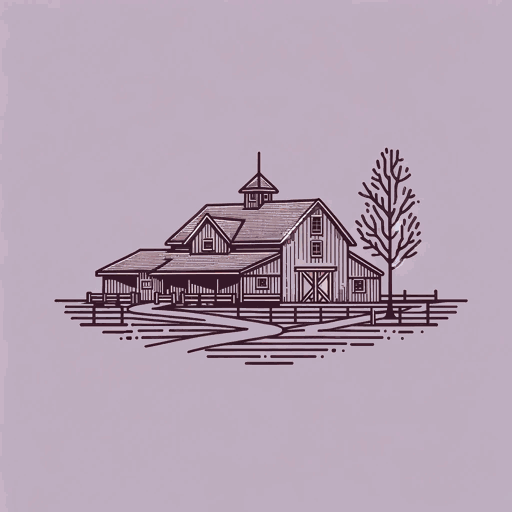68 pages • 2 hours read
Gillian FlynnDark Places
Fiction | Novel | Adult | Published in 2009A modern alternative to SparkNotes and CliffsNotes, SuperSummary offers high-quality Study Guides with detailed chapter summaries and analysis of major themes, characters, and more.
Background
Historical Context: Satanic Panic of the 1980s
The Satanic Panic was a prolonged period of social hysteria in the United States in the 1980s and 90s around the fear of teenagers’ involvement in Satanic cults and other occult activities. Mass media outlets stoked the fears of Christian Americans over new genres of music, such as heavy metal, and video games that featured graphic violence. The rise of goth culture and music in the late 1970s and early 80s fueled views of teens as dangerous. All these subcultures, which had roots in punk culture, had visible styles that mainstream American culture found frightening: Goth culture’s all-black clothing, occult symbology, heavy black eyeliner, and black hair produced androgynous styles for men and women; heavy metal’s wild hair, torn clothing, combat boots, and accessories—such as chains, spikes, and studs—evoked militarism and anti-authoritarianism. Anarchy symbols and pentagrams coupled with lyrics that evoked dark forces made these subcultures seem like particularly dangerous influences on young people.
One of the reasons people feared Satanic worship was the belief that the victims of supposed Satanic crimes were children. A Vox article summarizes the reason crimes were increasingly linked to Satanism: “At their core, satanic ritual abuse claims relied on overzealous law enforcement, unsubstantiated statements from children, and, above all, coercive and suggestive interrogation by therapists and prosecutors” (Romano, Aja.
Related Titles
By Gillian Flynn



